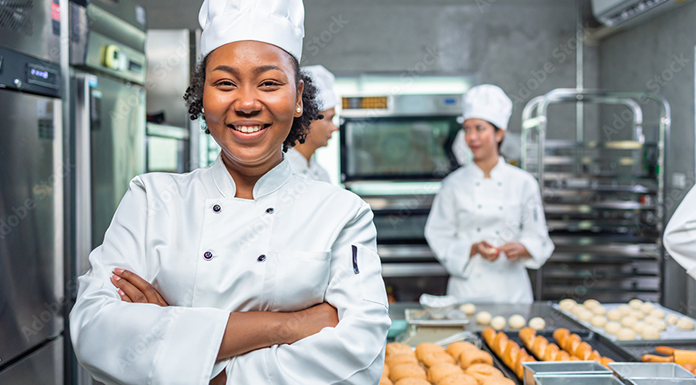Slips and falls are a leading driver of claims within the food service industry. When used properly, kitchen matting can be an effective solution for keeping people on their feet. I’ll cover how they work and some tips for making them as effective as possible.
How they work
Generally speaking, matting provides a higher friction surface than the installed flooring. This is particularly helpful in a kitchen where various liquids, including oils and greases, are commonly spilled on the ground. Commercial kitchen mats are typically made of nitrile rubber for two reasons. Nitrile has antimicrobial properties to help meet food safety standards, and it’s highly slip-resistant. The pliable nature of rubber absorbs some of the horizontal force behind each step taken and reduces the likelihood of a slip. Kitchen mats also have an open grill design to allow liquid spills to drain to the floor below.
Don’t create a new hazard
Kitchen mats should be carefully selected and placed to ensure they don’t create a trip hazard for your workers. They should have a beveled edge and, ideally, be of a color that contrasts with your floor to make them visually pop out. If you have a large area to cover, consider using products with an interlocking design that can be configured to your kitchen layout – be sure that the entire outside perimeter has that beveled edge.
Clean mats regularly
While kitchen matting is slip-resistant, that doesn’t guarantee your workers won’t slip on them – especially when they are contaminated with oil or grease. It’s important to establish routines to keep mats clean. It’s generally recommended that mats be cleaned by spraying them with water and applying a cleaning solution (such as a degreaser) using a deck brush. This will typically need to be done outside of the kitchen. If you have several mats, consider investing in a mat transport cart, which can reduce the amount of lifting required and provide a place for the mats to hang dry.
If you have further questions or need assistance with establishing a matting system for your workplace, please contact ICW Group’s Risk Management Services. We are happy to assist you.

















